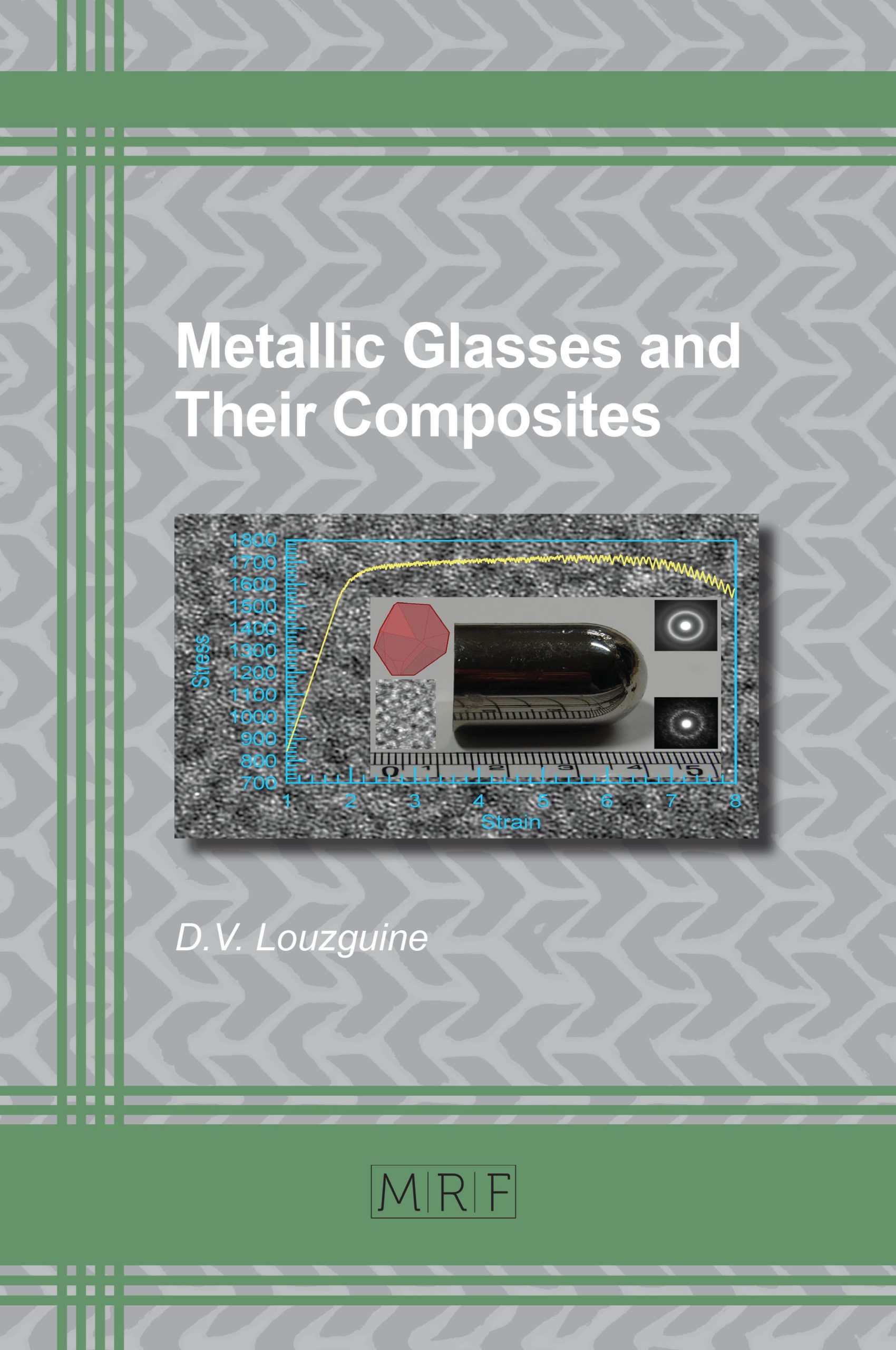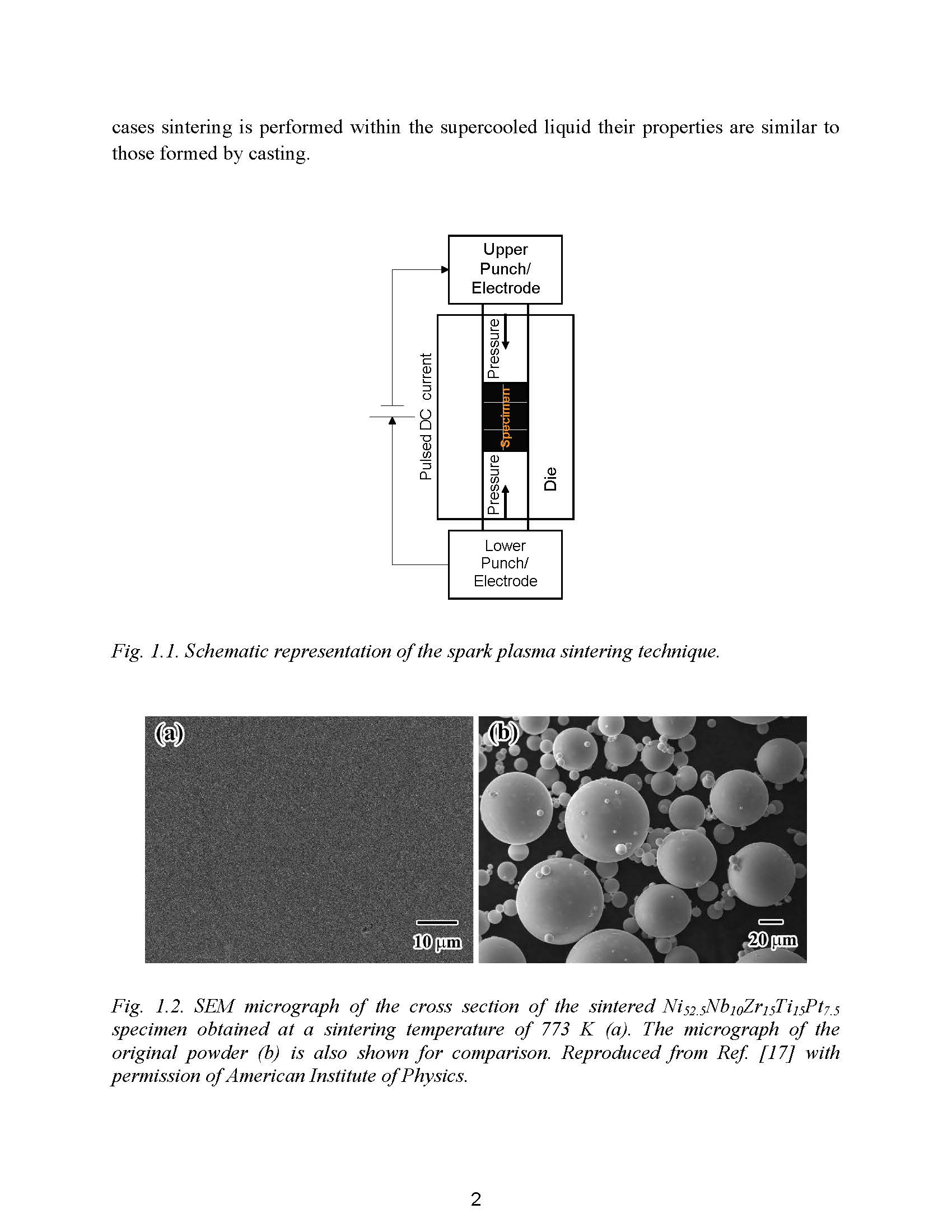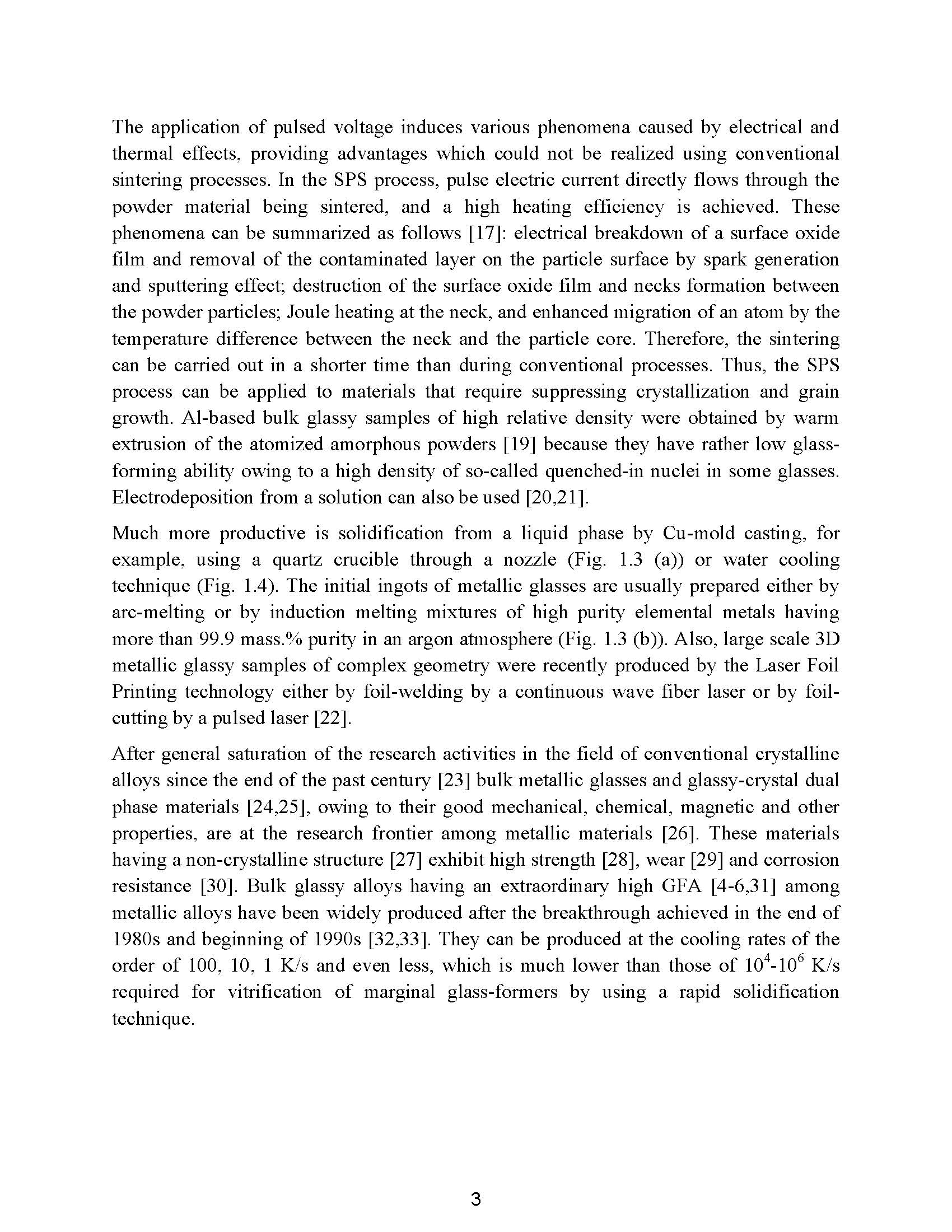Metallic Glasses and Their Composites
D.V. Louzguine
Materials Research Foundations Volume 19
Publication Date 2018, 334 Pages
Print ISBN 978-1-945291-42-5 (release date January 2, 2018)
ePDF ISBN 978-1-945291-43-2
DOI: 10.21741/9781945291432
The formation of metallic glasses and dual-phase composite/hybrid materials is reviewed, as well as the glass transition process and the resulting structural phenomena. These materials exhibit high strength, extreme hardness, good wear resistance and large elastic deformation.
Due to their excellent structural, functional, magnetic, chemical and biological properties metallic glasses are suitable for a great many applications, including in such areas as microelectromechanical devices, pressure sensors, orthopaedic screws and precision surgical instruments.
Keywords
Metallic glasses, metallic glass composites, crystal/glass transition, nano-crystallization, phase separations, supercooled liquids, glassy nanocomposites, nanoscale quasicrystals, mechanical properties, nanoscale wear resistance, Bauschinger effect, cryogenic temperature, porous glasses, nanocomposite alloys, soft magnetic alloys, hard magnetic alloys, magnetocaloric effect, corrosion resistant alloys, surface oxides, catalysts
Table of Contents
Chapter 1 Formation of metallic glasses and their general physical properties 1
Chapter 2 Glass-transition process 19
Chapter 3 Structure 68
Chapter 4 Structural changes on heating 108
Chapter 5 Mechanical properties and deformation behavior 187
Chapter 6 Magnetic properties 277
Chapter 7 Applications related to structural, functional, magnetic, chemical and biological properties 294
Keywords 321
About the author 326
paperback flyer eBook flyer
Ringgold Review
This graduate text introduces the mechanisms of glass formation related to the stability of the supercooled liquid, particularly the limiting of crystal nucleation and the limiting of their growth in relation to the formation of crystals and quasicrystals, and describes the structural changes that occur in metallic glasses during heating. Louzguine surveys current understanding of the mechanical properties and deformation behavior of bulk metallic glasses at different temperatures, and the magnetic properties of various soft and hard alloys. Annotation ©2018 Ringgold Inc. Portland, OR (protoview.com)



































